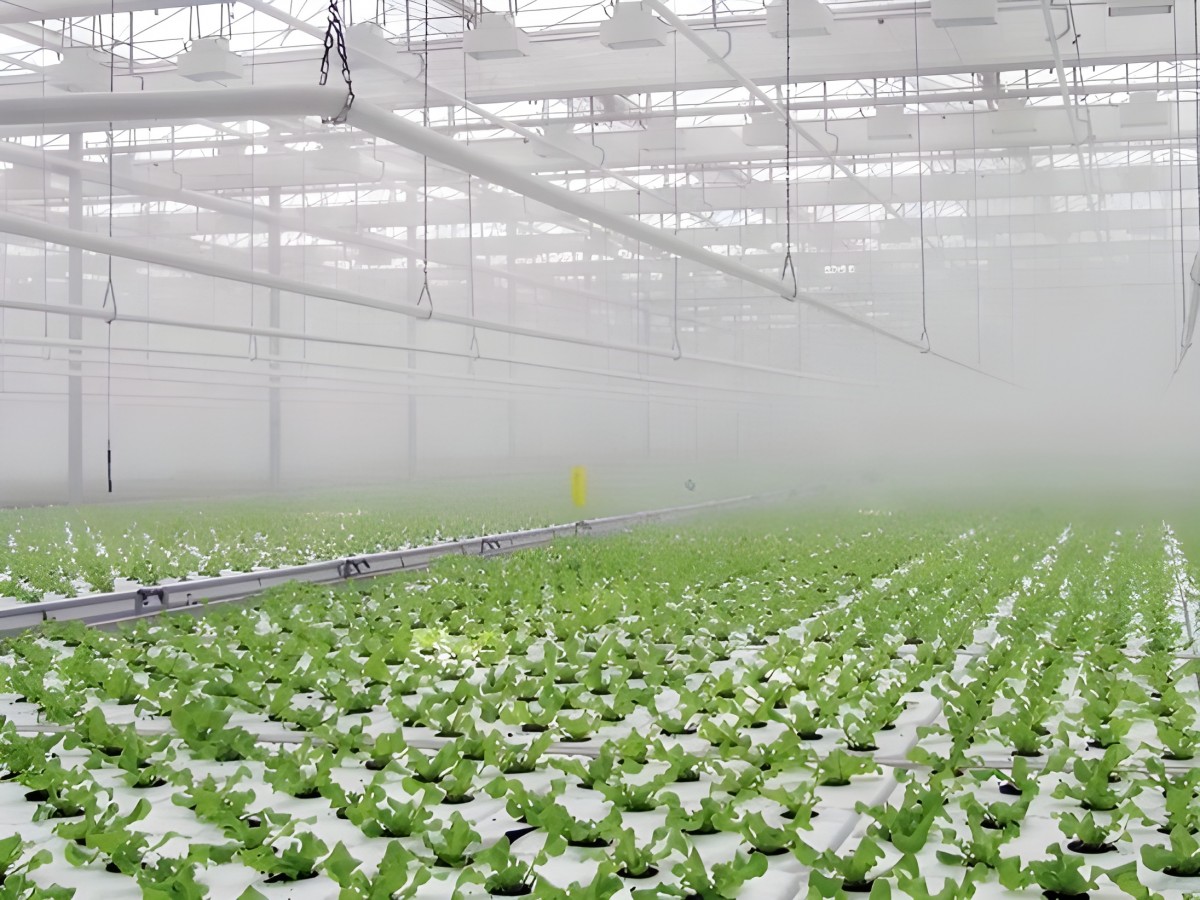Today, fog irrigation is becoming an increasingly popular technology. And there is nothing surprising in its popularity. After all, systems of this type are capable of providing watering of plants, which most closely resembles ordinary rain. At the same time, they are characterized by their versatility and reliability. Their efficiency is beyond reproach, the units are absolutely harmless to plants, and the rich configuration allows you to easily place them on objects of various types and purposes.
Components of a fog irrigation system
If we talk about the main elements of the system, they are as follows:
- Pump. Depending on the configuration and placement, it can be connected to a central or autonomous main line. It is the fog pump that is responsible for the uninterrupted supply of water with the required pressure;
- Pipes. Can be made of plastic or steel alloy prepared using a special technology. They are laid along the serviced area in the required configuration, taking into account the characteristics of the plants being serviced;
- Nozzles. Directly provide water dispersion in accordance with the specified parameters and characteristics;
- Fittings. Due to the self-clamping design, they ensure a reliable connection of the main line elements regardless of the load and operating conditions.
Additionally, special fittings are used. We are talking about various taps, adapters, racks and other components. If the fog nozzles require automatic control, then control panels are used. And filters allow you to clean the water from foreign elements and impurities.
The general configuration is determined based on the technical parameters and configuration of the system. Installation of the main line is not difficult, it does not require maintenance, and if necessary, can be easily changed or supplemented. It is worth noting separately the low operating costs, which make such an installation one of the most profitable solutions for watering plants.
Applications
The widespread use of fog irrigation is largely due to its efficiency and reliability. Such installations are distinguished by ease of setup and the ability to flexibly adjust the operating parameters depending on operating conditions. Let's consider some options for using the system in more detail.
Watering potatoes with fog
Potatoes have an increased sensitivity to soil moisture. And the use of fog for its irrigation is advantageous in a number of respects. After all, the automation used accurately regulates the humidity level. The irrigation itself is carried out at the most favorable time (in the evening), and due to its dosage, it is possible to obtain the following advantages:
- Minimization of production costs;
- Increase in yield and water savings;
- Formation of the most favorable conditions for the root system;
- Reduction in the level of possible diseases and cleaning the area from weeds.
- Watering gardens and vegetable gardens using fog
The following plants especially need watering:
- Seedlings planted in open ground;
- Recently transplanted plants;
- Greenhouse plants and potted plants;
- Lawn grass and new grass crops.
The frequency of watering and its abundance are of great importance. All this is effectively handled by the automatic control system, which the user can configure in accordance with personal wishes and needs. At the same time, the following advantages are guaranteed:
- Maximum gentle effect on plants;
- Significant water savings;
- General minimization of all costs;
- Full automation of the irrigation process.
The market offers a wide range of fog irrigation systems and accessories for them. Moreover, it is quite problematic to independently understand all the available variety. This problem can be solved by contacting professionals. They will not only suggest the optimal configuration, but also help you choose the irrigation system itself based on the task and the conditions of its operation.


Write a comment